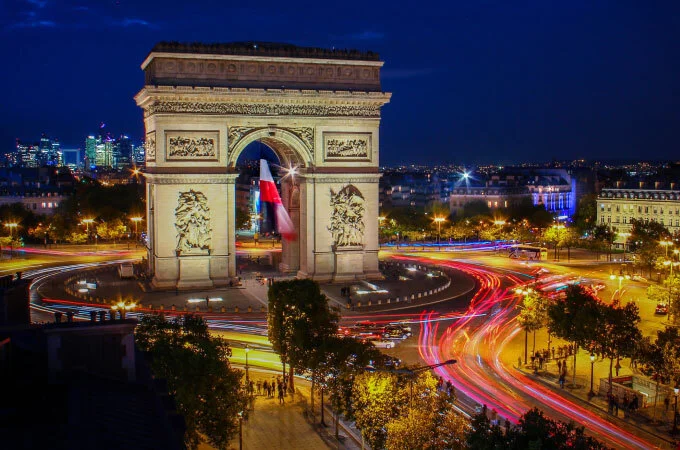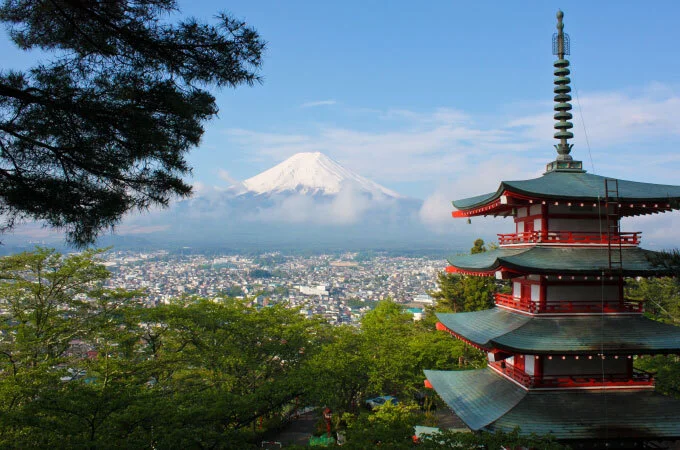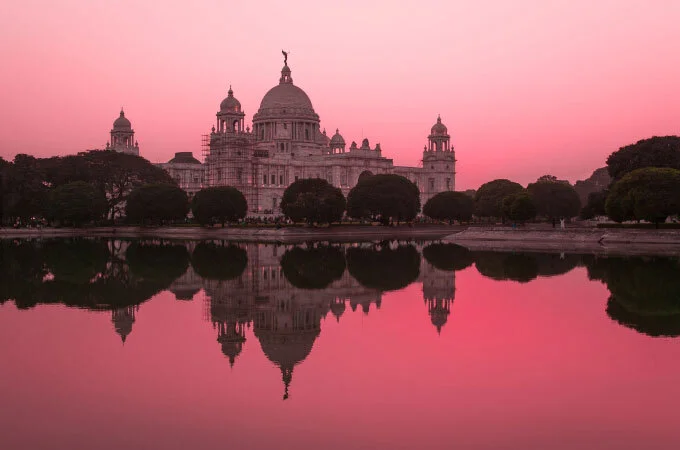Uganda, famously known as the “Pearl of Africa,” is one of the few places on earth where you can have an up-close encounter with the endangered mountain gorillas. Nearly half of the world’s mountain gorilla population lives here, making Uganda the most rewarding destination for gorilla trekking.
This detailed guide explores everything you need to know about gorilla trekking in Uganda — from permits and destinations to what to pack, the best times to visit, and practical tips for a successful adventure.
Why Choose Uganda for Gorilla Trekking?
Uganda stands out among the three gorilla trekking destinations (Uganda, Rwanda, and DR Congo) for several reasons:
Largest gorilla population: Home to more than 500 gorillas in Bwindi Impenetrable Forest and Mgahinga Gorilla National Park.
Affordable permits: At USD 800, Uganda’s permits are cheaper than Rwanda’s (USD 1,500).
Diverse safari extensions: Combine gorilla trekking with wildlife safaris in Queen Elizabeth National Park, chimpanzee tracking in Kibale, or adventure sports in Jinja.
Community experiences: Cultural tours such as Batwa forest walks add depth to the trek.
Where to Go Gorilla Trekking in Uganda
There are two main destinations for gorilla trekking in Uganda:
| Destination | Location | Unique Features |
|---|---|---|
| Bwindi Impenetrable National Park | Southwestern Uganda (Kisoro, Kanungu, and Kabale districts) | Home to the majority of Uganda’s gorillas; four trekking regions; over 20 habituated gorilla families. |
| Mgahinga Gorilla National Park | Kisoro district, southwestern Uganda | Smaller park with one habituated gorilla family (Nyakagezi); also known for golden monkey tracking and the Virunga Volcanoes backdrop. |
Bwindi Impenetrable National Park Regions
Bwindi is divided into four sectors, each with habituated gorilla families:
| Sector | Location | Number of Gorilla Families | Nearby Towns |
|---|---|---|---|
| Buhoma | North | 5+ families | Kihihi, Butogota |
| Ruhija | East | 4+ families | Kabale, Lake Bunyonyi |
| Rushaga | South | 8+ families | Kisoro |
| Nkuringo | Southwest | 3+ families | Kisoro |
Each sector offers a different trekking experience, and choosing one often depends on where you’ll be staying or the family group availability.
Uganda Gorilla Trekking Permits
A gorilla permit is mandatory to trek gorillas in Uganda.
| Permit Type | Price (2025) | Time with Gorillas |
|---|---|---|
| Standard Gorilla Trekking Permit | USD 800 (foreign non-residents), USD 700 (foreign residents), UGX 300,000 (East Africans) | 1 hour |
| Gorilla Habituation Experience Permit | USD 1,500 | 4 hours |
How to Book a Permit
Uganda Wildlife Authority (UWA): Directly via their offices in Kampala.
Tour operators: Most visitors book through licensed operators who handle permits, transport, and accommodation.
Tip: Book at least 6 months in advance, especially in peak seasons (June–September and December–February).
Best Time for Gorilla Trekking in Uganda
Uganda’s climate allows trekking year-round, but seasons affect the experience.
| Season | Months | Advantages | Disadvantages |
|---|---|---|---|
| Dry Season (Peak) | June – September, December – February | Easier hiking trails, high visibility, more tourists in the parks | Permits sell out quickly, higher lodge rates |
| Wet Season (Low) | March – May, October – November | Lush forests, fewer tourists, lower accommodation costs | Trails slippery, trekking can be tougher |
Best overall time: June to September (good weather, but book early).
What to Expect on a Gorilla Trekking Day
Early Morning Briefing
Arrive at the park headquarters (7:00–8:00 AM).
Receive a briefing on rules and safety.
Groups of 8 trekkers are assigned to one gorilla family.
The Trek
Guided by rangers and trackers.
Duration: 30 minutes to 7 hours, depending on gorilla location.
Terrain: steep slopes, rivers, and dense vegetation.
Gorilla Encounter
Once found, spend 1 hour observing the gorillas.
Watch them feed, groom, play, and interact.
Return & Certificate
Hike back to headquarters.
Receive a certificate recognizing your participation.
Rules & Guidelines for Gorilla Trekking
To protect gorillas and visitors, strict rules apply:
Only 8 people per group can visit a gorilla family daily.
Minimum age is 15 years.
Keep a distance of at least 7 meters (gorillas sometimes approach you).
No flash photography.
If you have a cold, flu, or infectious disease, you may be barred from trekking.
Speak in low voices; avoid unnecessary movements.
Eating, drinking, or smoking near gorillas is prohibited.
How Physically Demanding is Gorilla Trekking?
Fitness level required: Moderate to high.
Trails can be steep and muddy, especially during the rainy season.
Porters are available for hire (USD 15–25) to carry bags or assist on difficult terrain.
Trekking sticks are provided or available for rent.
What to Pack for Gorilla Trekking
Here’s a handy packing list:
| Item | Reason |
|---|---|
| Sturdy hiking boots | Support on steep and muddy terrain |
| Long-sleeved shirts & trousers | Protects against scratches and insects |
| Rain jacket/poncho | Weather can change suddenly |
| Gardening gloves | To hold onto branches during hikes |
| Backpack (waterproof) | To carry water, snacks, and gear |
| Insect repellent & sunscreen | Protection against bites and sunburn |
| Camera (no flash) | For photography |
| Reusable water bottle & energy snacks | Stay hydrated and energized |
Gorilla Habituation Experience in Uganda
Uganda is the only country that offers the Gorilla Habituation Experience (GHE).
Conducted only in Bwindi Impenetrable National Park (Rushaga sector).
Involves spending up to 4 hours with a gorilla family under habituation.
Maximum of 4 participants per day.
Permit cost: USD 1,500.
This is ideal for photographers, researchers, and those wanting more time with gorillas.
Accommodation Options
Uganda offers a wide range of lodges, from budget to luxury, near Bwindi and Mgahinga.
| Category | Examples | Price Range (per night) |
|---|---|---|
| Budget | Buhoma Community Rest Camp, Gorilla Friends Resort | USD 40 – 80 |
| Mid-range | Ichumbi Gorilla Lodge, Rushaga Gorilla Havens Lodge | USD 100 – 250 |
| Luxury | Clouds Mountain Gorilla Lodge, Bwindi Lodge, Sanctuary Gorilla Forest Camp | USD 400 – 1,000+ |
Costs of Gorilla Trekking in Uganda
| Expense | Approximate Cost (per person) |
|---|---|
| Gorilla Permit | USD 800 |
| Accommodation (mid-range, 2 nights) | USD 200 – 400 |
| Transport (car hire & driver from Kampala) | USD 500 – 800 |
| Meals & extras | USD 100 – 200 |
| Porter services | USD 15 – 25 |
Beyond Gorilla Trekking – What Else to Do in Uganda
Uganda offers more experiences to complement gorilla trekking:
Chimpanzee tracking in Kibale National Park.
Game drives in Queen Elizabeth, Murchison Falls, and Kidepo Valley.
Nile River adventures in Jinja (rafting, kayaking, bungee jumping).
Cultural encounters with the Batwa, Baganda, or Karamojong.
Scenic tours around Lake Bunyonyi, the Rwenzori Mountains, and crater lakes.
Final Tips for Gorilla Trekking in Uganda
Book your permit early (6–12 months in advance).
Ensure you have travel insurance that covers trekking.
Bring some cash (USD & UGX) for tips, porters, and local purchases.
Respect gorillas and their habitat — conservation depends on responsible tourism.
Combine gorilla trekking with other Uganda attractions for a fuller experience.
Gorilla trekking in Uganda is more than just an adventure — it is a once-in-a-lifetime journey into the heart of Africa’s wilderness. With half of the world’s gorillas found here, affordable permits, diverse safari extensions, and breathtaking landscapes, Uganda offers the ultimate gorilla trekking experience.
From preparing the right gear to understanding trekking rules, booking your permit early, and choosing the right season, this guide provides everything you need for an unforgettable encounter with mountain gorillas in their natural home.






